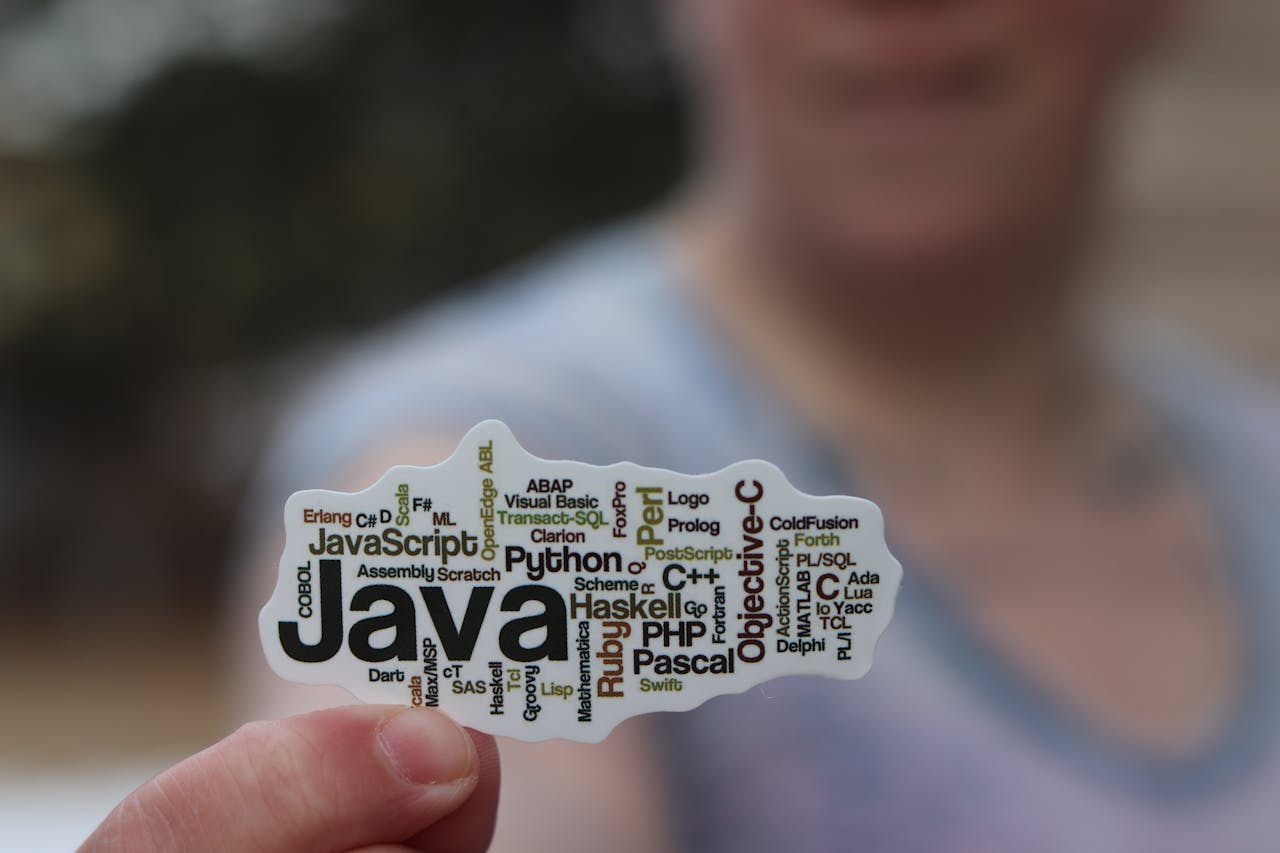In this blog, we will delve into two essential concepts in Java programming: methods and encapsulation. Understanding methods and how to use them effectively, along with the principles of encapsulation, is crucial for writing robust and maintainable Java applications. We will explore parameter passing, method overloading, and access modifiers, and emphasize the importance of encapsulation for data protection.
Methods in Java
Basics of Methods
A method is a block of code that performs a specific task. Methods allow us to modularize and reuse code, making programs more organized and readable.
Declaring a Method
A method declaration includes the method’s name, return type, parameter list, and body. Here’s the syntax:
returnType methodName(parameters) {
// method body
}
Example
public int add(int a, int b) {
return a + b;
}
Calling a Method
To execute the code in a method, you call the method by its name and pass the required parameters.
public class Main {
public static void main(String[] args) {
Main obj = new Main();
int sum = obj.add(5, 3);
System.out.println("Sum: " + sum);
}
public int add(int a, int b) {
return a + b;
}
}
Parameter Passing
Parameters allow you to pass data to methods. There are two types of parameters:
- Actual Parameters (Arguments): The values you pass to the method when calling it.
- Formal Parameters: The variables defined in the method declaration that receive the values.
Example
public class Main {
public static void main(String[] args) {
Main obj = new Main();
obj.greet("Alice");
}
public void greet(String name) {
System.out.println("Hello, " + name);
}
}
Method Overloading
Method overloading allows you to create multiple methods with the same name but different parameters. Overloaded methods must differ in the type, number, or order of parameters.
public class Main {
public int add(int a, int b) {
return a + b;
}
public double add(double a, double b) {
return a + b;
}
public static void main(String[] args) {
Main obj = new Main();
System.out.println("Sum of integers: " + obj.add(5, 3));
System.out.println("Sum of doubles: " + obj.add(5.5, 3.5));
}
}
Encapsulation
Encapsulation is a fundamental concept in object-oriented programming (OOP) that helps to protect data and maintain code modularity. It involves bundling the data (variables) and the methods that operate on the data into a single unit, typically a class, and restricting access to some of the object’s components.
Access Modifiers
Access modifiers control the visibility and accessibility of classes, methods, and variables. Java provides four access modifiers:
- Public: Accessible from any other class.
- Private: Accessible only within the class it is defined.
- Protected: Accessible within the same package and subclasses.
- Default (Package-Private): Accessible only within the same package.
Example
public class Person {
private String name;
private int age;
// Public getter method for name
public String getName() {
return name;
}
// Public setter method for name
public void setName(String name) {
this.name = name;
}
// Public getter method for age
public int getAge() {
return age;
}
// Public setter method for age
public void setAge(int age) {
this.age = age;
}
}
Importance of Encapsulation
Encapsulation helps in:
- Data Protection: By making variables private, you can control how they are accessed and modified.
- Code Maintainability: Changes to the implementation of a class do not affect other classes that use it.
- Flexibility: You can change the internal implementation of a class without altering the external interface.
Example
public class Main {
public static void main(String[] args) {
Person person = new Person();
person.setName("Alice");
person.setAge(30);
System.out.println("Name: " + person.getName());
System.out.println("Age: " + person.getAge());
}
}
In this example, the Person class encapsulates the name and age fields. These fields are private, so they cannot be accessed directly from outside the class. Instead, the class provides public getter and setter methods to interact with these fields. This way, the class can enforce constraints and logic when accessing or modifying the fields, ensuring data integrity and protecting against unintended modifications.
Conclusion
Methods and encapsulation are core concepts in Java that enable you to write organized, reusable, and secure code. Methods allow you to break down complex tasks into smaller, manageable pieces, while encapsulation helps you protect data and maintain a clean, modular codebase. By understanding and applying these principles, you can create more robust and maintainable Java applications.




